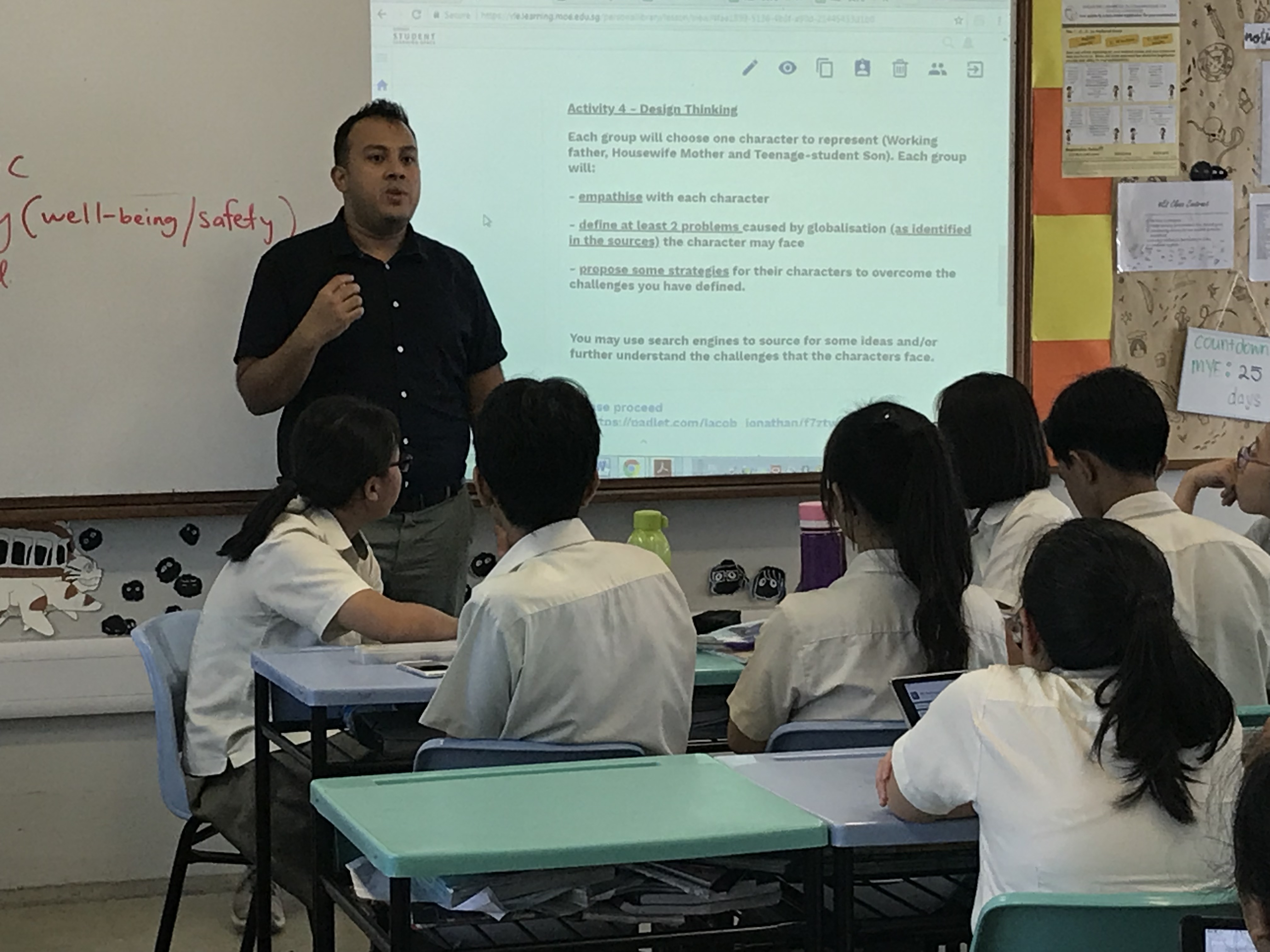Why Singapore’s English Teachers Should Embrace Singlish, Not Fight It
Is it time for Singaporean educators to embrace Singlish as a legitimate learning tool? What the Research […]
Read More
What does being an effective teacher mean? For many educators, it means creating an engaging classroom environment for students by thoughtfully putting together a plan of action and following it through. Mr Jacob Jonathan, teacher at Admiralty Secondary School, shares with us five pointers which he practices in his class to help enhance students’ learning.

To allow room for growth in students, I usually start off classroom assignments in a simple manner like providing them with a template to write an essay before gradually building up their skill sets along the way to fulfil higher expectations. As such, it is important to set high expectations as students are capable of achieving these standards with the appropriate guidance and structure. When they do so, they will feel a sense of achievement that will drive them to perform better in classes.
To reduce the risk of having students missed out on the learning objective of the lesson of that particular topic, I usually provide students with both verbal and visual instructions to reinforce the objective. On top of that, I also leave those instructions on the whiteboard and online to allow students to conveniently refer to them as and when they need to.
I believe in giving students the autonomy to contribute in decision-making processes because it can greatly help in ensuring their engagement and buy-in during lessons. When giving them instructions, I try to explain the rationale of the task and seek the understanding of the class. Should disagreements from the students arise, I will work with them to reach a common consensus regarding what we want to achieve and how we can achieve it together. When I do that, the task is co-owned with my students, reducing what is known as the “top-down instruction”.
Due to my observation of students’ tendency to take their time to share a point they may have, I modified a strategy called “Think-Pair-Share” to “Stand and Share”. The modification of this strategy encourages students who have an idea to stand up and share with their classmates about it before taking their seat again. The motivation to be seated will drive them to be more efficient in sharing their thoughts. With this strategy, students are able to share their ideas in a more effective and concise manner without taking up too much classroom time. This therefore allows more time for other students to also share their ideas.
For me, the most effective way to help students understand international relationships better is through the use of analogies by making family or classroom references. I also tend to use a lot of movie references because students are more likely to relate better to that. As such, I have to put in a concerted effort to update myself with the latest movies so I can apply this knowledge in the classroom in a relevant and up-to-date manner. I find that this allows my students to learn and gain a deeper understanding of complex concepts better.